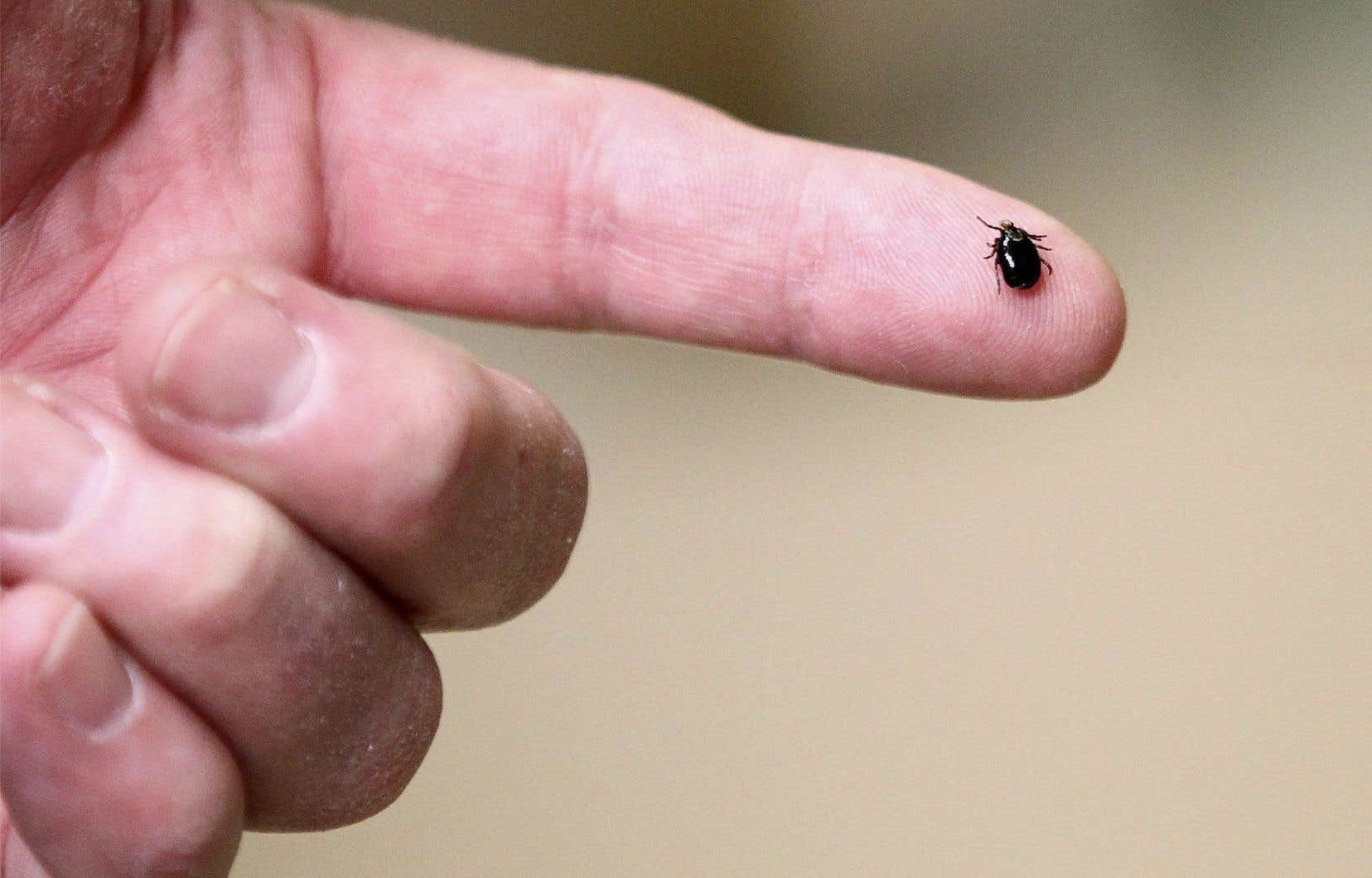Cases of Lyme disease have been increasing in Quebec over the past fifteen years. And this is only “the tip of the iceberg”, according to microbiologist-infectious disease specialist Alex Carignan. With climate change, blacklegged ticks will migrate further north and carry with them other infections that will need to be treated. “Unfortunately, when faced with Lyme disease, we were a bit in reaction,” says Dr.r Carignan. We need to be more proactive for everything that’s coming. »
The Dr Carignan directs the new Research Chair in Lyme disease and emerging infections at the University of Sherbrooke. Launched on Tuesday, this chair aims to advance knowledge, inform the public and improve the knowledge of health professionals (doctors, specialized nurse practitioners and pharmacists) on this subject.
According to the Dr Carignan, “several doctors” still have “limited knowledge” about Lyme disease, which first manifests itself as redness, can cause fever, fatigue and muscle pain. “It’s only recently that we’re talking specifically about this disease [aux étudiants] in medical schools,” he says. The University of Sherbrooke was the “first” in Quebec to include a “specific component” on Lyme disease in September 2017, specifies the professor-researcher who works there.
Estrie is the region most affected by Lyme disease in Quebec: approximately 60% of infections declared in the province are recorded there — 320 out of 527 in 2022. Anaplasmosis, an infection transmitted by ticks and which causes symptoms similar to the flu, also appeared in the Estrie territory in 2021. An outbreak then took place there, “the largest ever observed in Canada”, underlines the Dr Carignan.
So many “unfortunate situations” from which we must “take advantage”, according to the doctor. The Chair — funded by the foundations of the Sherbrooke University Hospital Center (CHUS) and the University of Sherbrooke — aims in particular to “better target the training needs of health professionals” so that they can quickly detect the disease.
“We want to quantify the basic level of health professionals regarding the disease,” indicates Dr.r Carignan. What elements should we focus on when carrying out training activities, what should we improve, what part of the disease is less well known. »
A cohort of patients
The Chair team will follow a cohort of patients who have just been bitten by a tick to see whether or not they will develop an infection. Around thirty people will be recruited initially, then “several hundred on several sites” in the years to come, hopes the Dr Carignan. “We will be able to better understand, at the level of the immune system, the phenomena which lead to infection or protection against infection. »
Researchers will also look at post-exposure prophylaxis, i.e. taking preventive antibiotics offered within 72 hours to those whose tick has remained attached to their skin for 24 hours or more. “The scientific data supporting the effectiveness of this method are still limited,” says Dr.r Carigan. This is one of the first things we want to tackle. We want to see if the preventive treatment we use is really effective. »
Vaccines in development against Lyme disease will also be evaluated. There is currently none. “We have a vaccine for dogs against Lyme disease, so often we have the impression that our pets are better protected and in a way, that’s true,” observes D.r Carignan. If we could have an effective and safe vaccine, it is very clear that it will be a big step in slowing the spread of this infection. »
Because the increase in the transmission of Lyme disease is not just due to climate warming. Several other factors can play a role, such as deforestation. “ [En Estrie]the reduction of certain predators such as the coyote has led to an overpopulation of mice which bring with them more Lyme diseases”, cites as an example the Dr Carignan.
However, the population should not worry, according to him. “In my work as an infectious disease microbiologist, we often see great distress [chez les personnes atteintes de la maladie de Lyme], he notes. People almost feel like they’re doomed, but that’s not the case at all. When it is taken very quickly, which is generally the case, the after-effects of this disease are very, very rare. »
